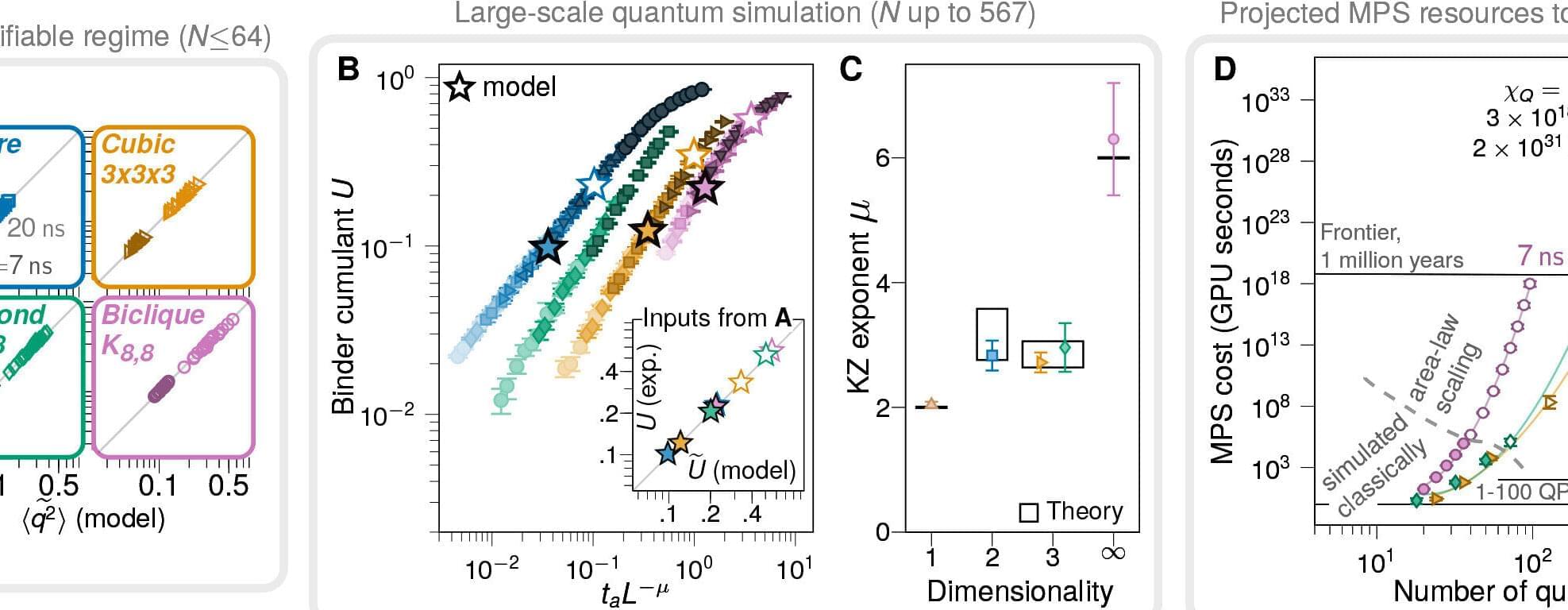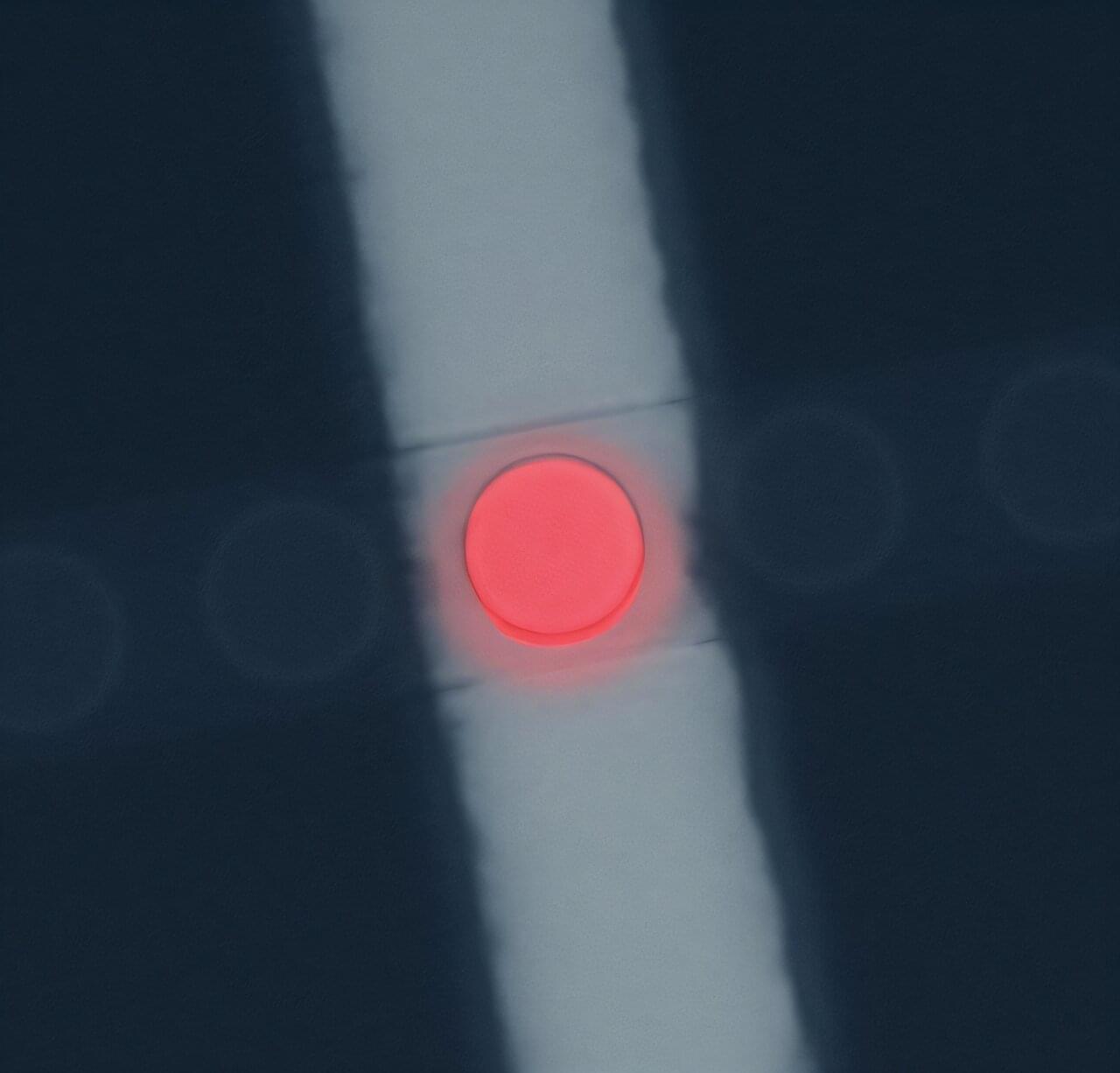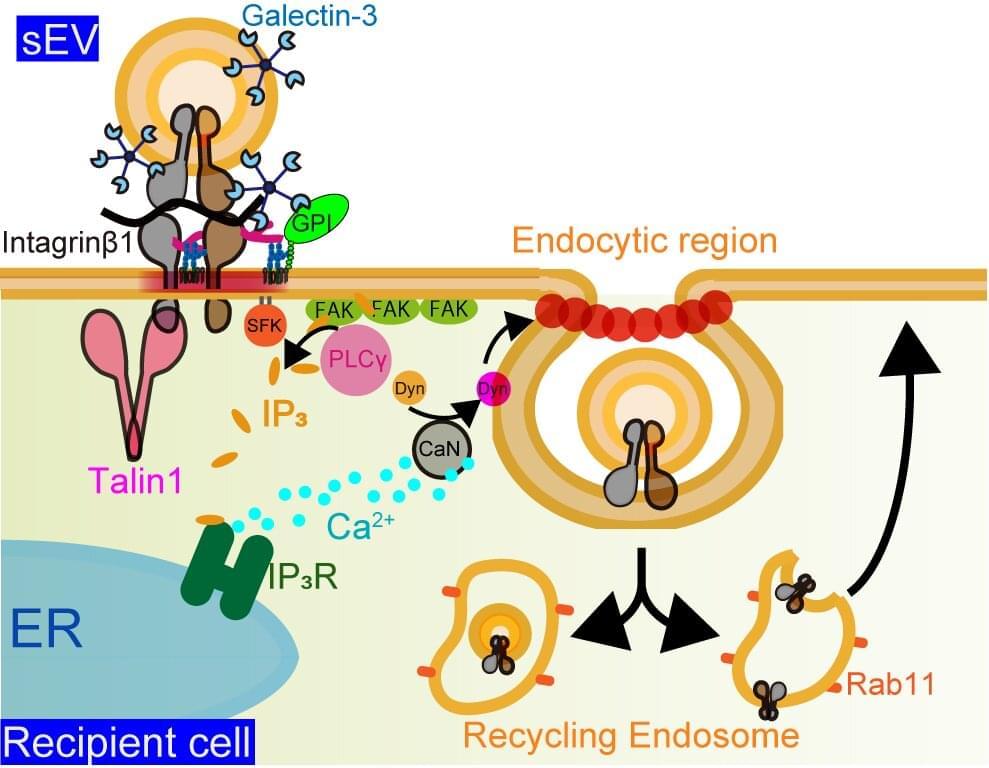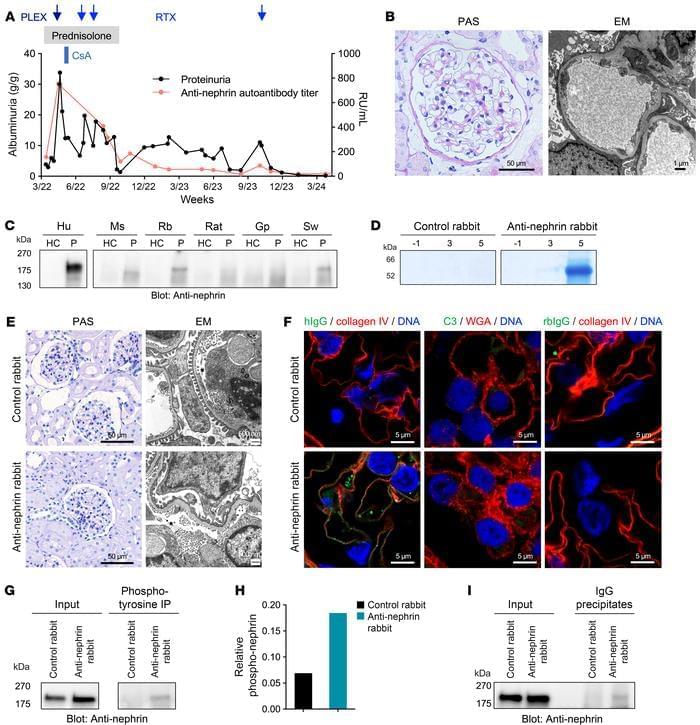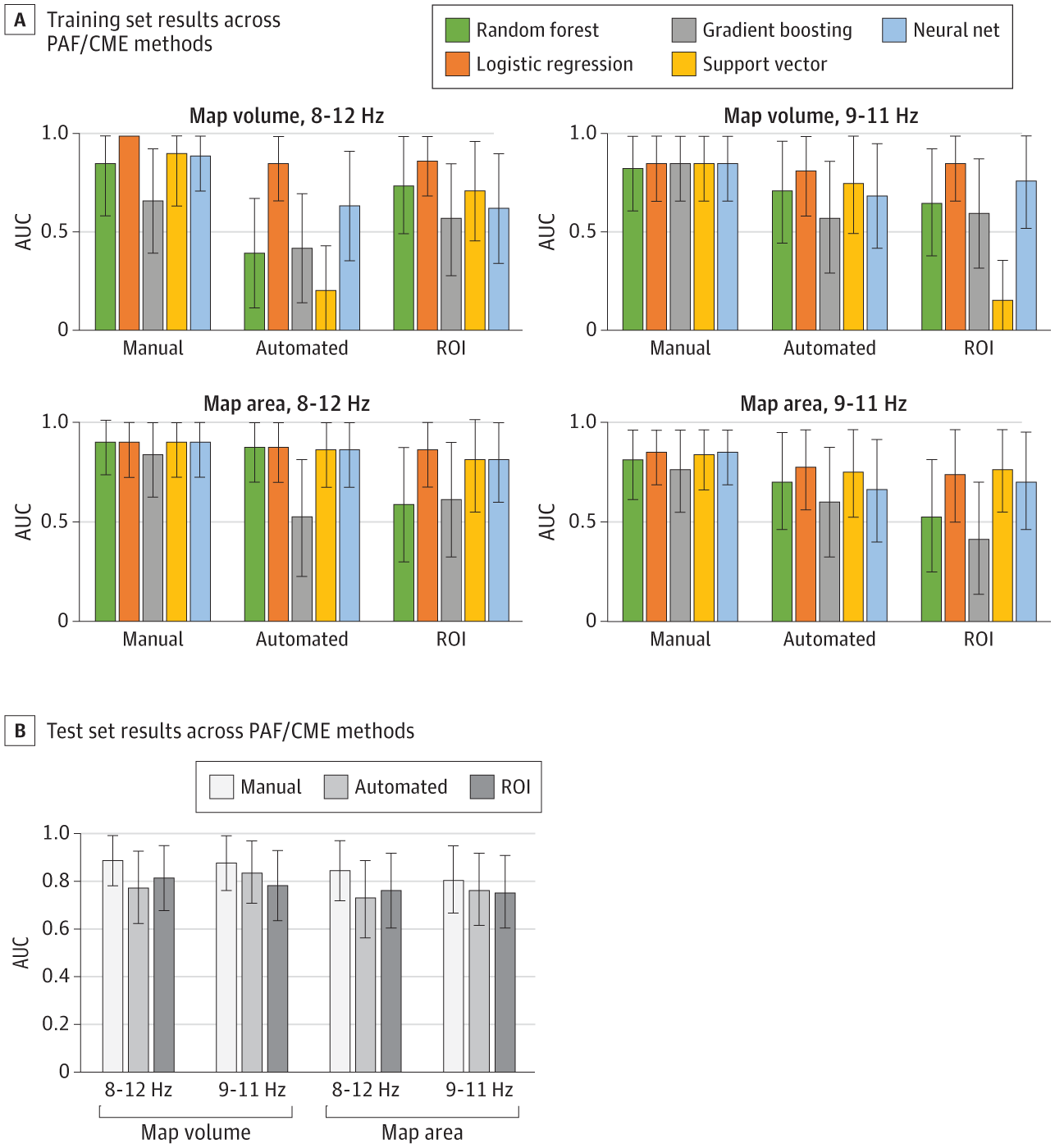It is a deep question, from deep in our history: when did human language as we know it emerge? A new survey of genomic evidence suggests our unique language capacity was present at least 135,000 years ago. Subsequently, language might have entered social use 100,000 years ago.
Our species, Homo sapiens, is about 230,000 years old. Estimates of when language originated vary widely, based on different forms of evidence, from fossils to cultural artifacts. The authors of the new analysis took a different approach. They reasoned that since all human languages likely have a common origin —as the researchers strongly think—the key question is how far back in time regional groups began spreading around the world.
“The logic is very simple,” says Shigeru Miyagawa, an MIT professor and co-author of a new paper summarizing the results.

